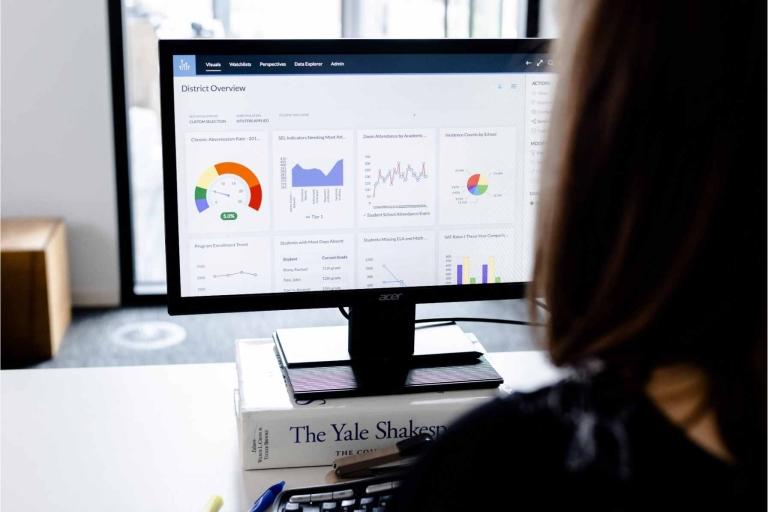Sony first made music personalized and portable with the release of the Walkman in 1979. It may seem pretty old school now, but at the time, being able to walk around and listen to “My Sharona” without toting a massive boombox on your shoulder was pretty revolutionary. So, here we are, more than 35 years later, and the original cassette-playing Walkman has been replaced by new technology every decade since—from CD and MP3 players to online streaming. (Remember having to part with your Cher cassettes, Hootie and Blowfish CDs and N'SYNC Live Concert DVDs? Painful, right?)
The evolution of technology is inevitable. Even for learning management systems. For the 99 percent of colleges and universities using an LMS, most don’t even start thinking about switching to a new system for an average of eight years. And it’s no wonder. Evaluating and implementing a campus-wide LMS requires some serious time and resources.
But what happens when your LMS, even a system that’s become entrenched in the workings of your institution for nearly a decade, no longer meets the needs of faculty and students or your institutional vision? How do you balance the fear of change (or at least, enthusiastic resistance) with the proven benefits of emerging trends in LMS technology—such as mobile access, cloud architecture, and integrated LTI tools that dramatically improve the learning experience?
Here are five steps to help you make a seamless change to a new LMS.
1. Have a clear vision. Identify gaps and functionality your current LMS lacks. Interview students, teachers, or anyone using the LMS to learn more about each group’s challenges. Then, like Harvard, clearly identify where you want to be with teaching and learning in the near future compared to where you are now. Everyone should be on the same page about the desired end result and how the new LMS will help you get there. User satisfaction with your new LMS and its ability to support your vision should outweigh the pain of moving to a new system. Realize your evaluation rubric can evolve over time as you learn more about the industry and your options, so be flexible like Brown University.
2. Assemble a diverse LMS committee. While your decision-making committee doesn’t have to be large, make sure it represents a wide range of stakeholders from across campus. Each college or school within the institution has teachers and administrators with different workflows, opinions, and ideas, so give them all a voice. If you want wide LMS adoption, start with diverse representation.
3. Create a plan. Get buy-in for the plan and timeline from everyone involved, especially those decision-makers who will be involved at the very end (e.g., board members, procurement officers, etc.). Then, give evaluators adequate time to prepare, review, and adjust. For 54% of schools, LMS timelines get derailed because final review processes weren’t properly vetted at the start.
4. Build awareness and excitement. Some institutions get so focused on migrating courses and integrating tools that they forget about the importance of integrating user awareness as a way to increase adoption. Create a marketing strategy to inform faculty and students about the new LMS and make your countdown visible to everyone who will be affected by the change, including students. Build awareness and buy-in with demos, training sessions (especially peer-to-peer), workshops, online self-paced courses, and open office hours. Some schools ramp up the excitement with pep rallies, swag booths, and kickoff videos.
5. Establish a partnership. When an institution chooses an LMS, it’s also choosing to trust the LMS provider. Testing this trust begins during the evaluation process. Ask questions to ensure that prospective providers will offer responsive support and innovative solutions based on insights about the market, technology, and trends in teaching and learning. Choose a provider that creates a tight-knit community and offers forums to encourage collaboration among institutions. Modern cloud architecture doesn’t have versioning, which makes it easier for institutions to share ideas if they are all having a similar LMS experience.
Although change can be difficult, not changing can be even harder in the long run. So, you can keep packing that proverbial boombox, or you can give the Walkman a try and see where it takes you.
Keep learning,
Cade Krueger
National Director of Higher Education
Related Content
 inst-3step.jpg
inst-3step.jpgBlogs
 13lmsfeaturesthatbenefitstudentlearning.jpg
13lmsfeaturesthatbenefitstudentlearning.jpgBlogs
 community-homepage.jpg
community-homepage.jpgBlogs